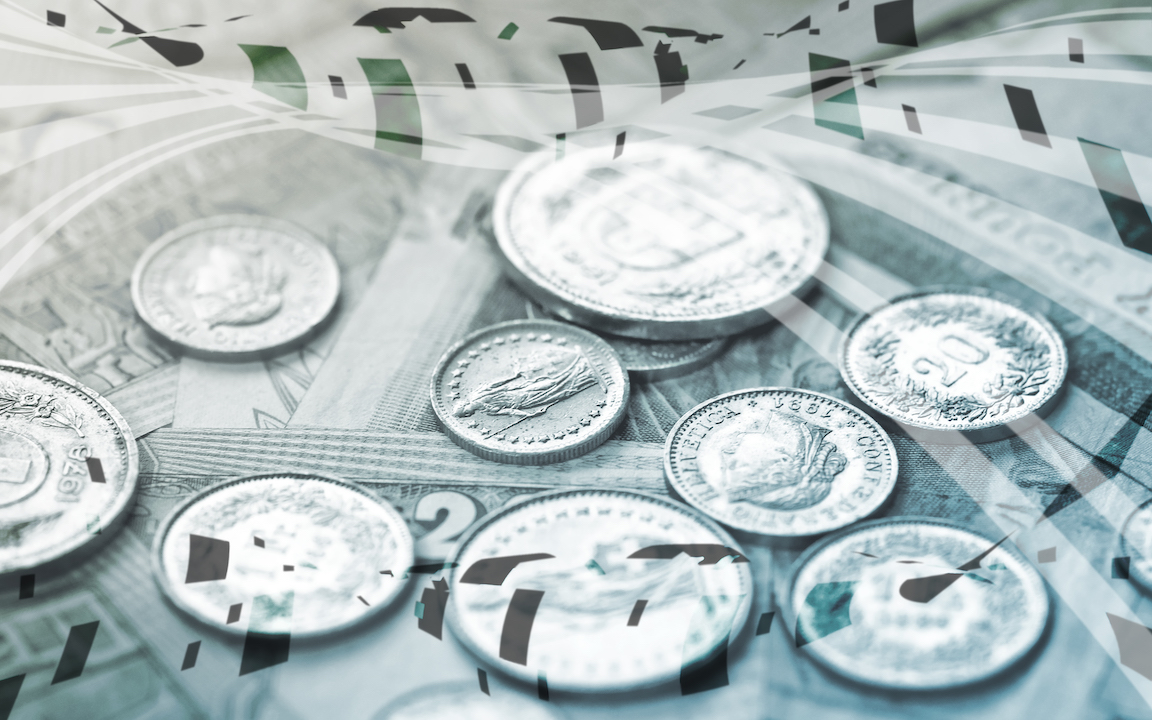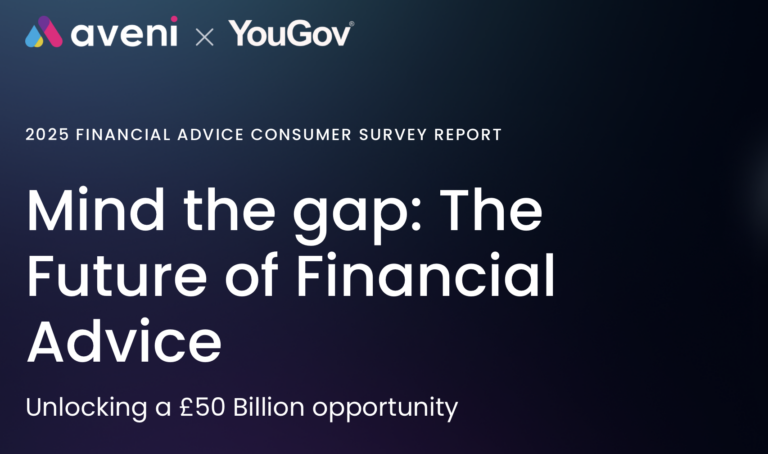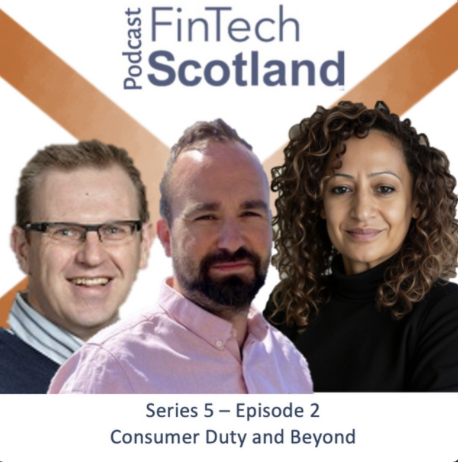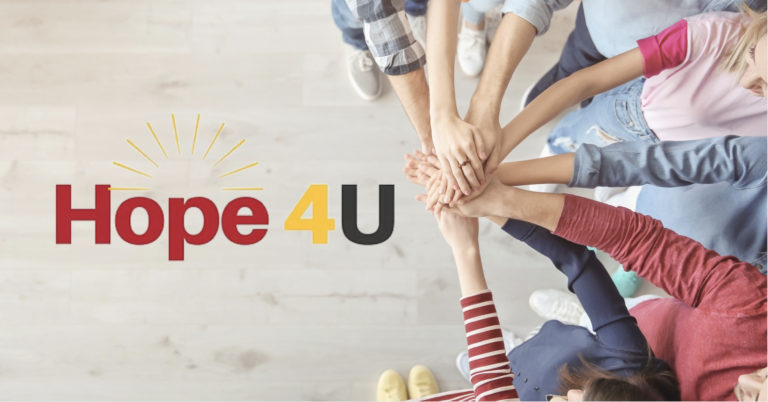Finchat”¦ Can fintech alone fix financial wellbeing?

From savings and investments, to utilities and insurance, fintechs can help consumers in many ways, such as switching their energy provider and signing up for an insurance policy within their banking provider’s app, as well as having access to personal spending analytics to gain a better understanding of your financial health and circumstances.
This is very true for many people, but what the wall of sound often fails to mention when it discusses how fintechs can help people manage their money is that there are many people for whom these new tools offer very little in their circumstances.
An American study reported by The Financial Brand mentioned a lot of interesting findings about how so-called “finhealth” (new sub-brand dubbing of fintech, specifically products and services to help people manage their financial health) could help Americans save cold, hard, after-tax cash – specifically, $2,000-$3,000 on a median income of $45,000.
Is fintech for the few or the many?
Fintech alone however, cannot be the sole saviour of people’s financial health – there’s just too much disparity of wealth and poverty in our society to think that a personal finance management app can solve it all.
Money management tools, or personal finance management apps, are fantastic and give that little bit of extra insight into your finances, but they’re not much help when you’re budgeting on the pound coins in your pocket rather than any cash in your account.
The challenge with these offerings is that they’re for people who can afford to save – when you’re on the bread line, we need more intervention and greater societal change to help those most in need.
There’s no doubt in my mind about the potential positive effects fintech, or finhealth, could have on those who are privileged enough to benefit from their services, but fintech isn’t the end-game – it’s a targeted enabler, not a ubiquitous elixir.
The awesome Jim Marous quotes another great, Ron Shevlin, in discussing the article in The Financial Brand:
“If we’re willing to pay $5 for a flavored latte, it’s not inconceivable that we would pay $5 for a finhealth product or service.”
And the study mentioned above also makes note that 30% of Americans have too much debt to handle.
The thing is, those who are spending $5 for a flavoured latte are not those who need the help the most, and they’re also not those who have too much debt to handle.
Fintech can only enable. Bigger changes are needed
Fintech cannot do it alone when there are huge socioeconomic issues surrounding poverty, homelessness and financial inclusion.
It’s not just about complex and cyclical issues like fees being leveraged on the poor to enable financial institutions’ revenue models. There is a tax on the poor and that tax is simply the negative balance on the things they cannot afford after income.
But maybe there’s a place for government initiatives and corporate social responsibility? Maybe we could provide free products and services to those below an earnings threshold to help those most in need?
Maybe we could look at credit scoring and determine good character on low incomes to allow favourable rates rather than penalising the poor for being poor? A great example of a company trying to change the way we see credit is Castlight Financial whose CaaS (Credit as a Service) offering and Affordability Passport have the potential to significantly change how people are assessed for credit.
Castlight analyse real-time spending patterns and connect directly to your accounts ”“ rather than a monthly report on irrelevant data like how many accounts you have open!
It behoves us to check our privilege when discussing fintech – it has huge opportunity but we have to make sure societal change maintains pace against technological advancements and we design in inclusion and accessibility at every step, or we risk increasing the divide instead of closing it.



